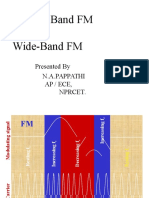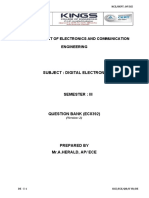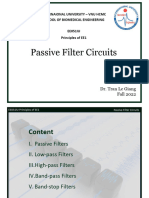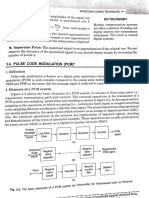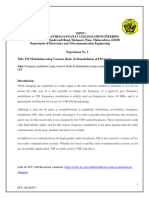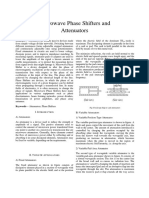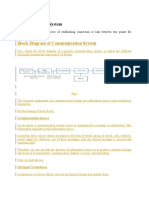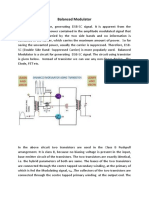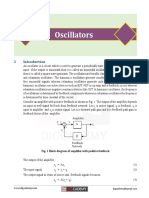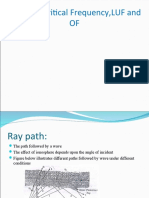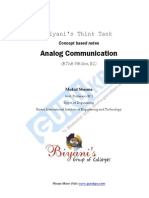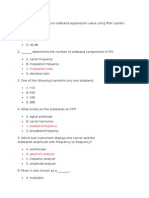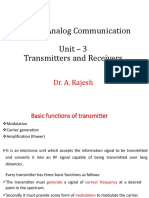Advanced Radio Systems
Dushani R. Munasinghe
�Section 1 - Radio transmitters and
receivers
• Carrier frequency stability in radio transmitters
• Frequency synthesizers and their application
• Functions of a final stage power amplifier
• Difference between low-level and high-level modulation
• Block diagram of a simple AM & FM transmitter and functions
• Methods for eliminating harmonics
• Power level control in radio transmitters (Exciter)
• Duplexers
• Dual conversion super heterodyne process
• Block (system) diagram of a double super heterodyne
• Noise figure
• Subsystems in communications receivers
• Diplexers in radio transceivers
• Spread spectrum & techniques
�What is modulation?
• Modulation is process of varying one or more properties like
frequency , amplitude, phase of periodic waves.
• AM and FM are two very popular and very different methods of
sending information over the radio waves.
3
�High Level Transmitters vs Low Level
Transmitters
• High level transmitters use high level modulation whereas the low
level transmitters use low level modulation.
• The choice between the two modulation schemes depends on the
transmitting power of the AM transmitter.
• In broadcast transmitters where the transmitting power may be of the
order of kilowatts, high level modulation is employed.
• In low power transmitters where only a few watts of transmitting
power are required, low level modulation is required.
4
�Low Level Transmitter
• Block Diagram
Message Signal Low Level Final Stage Power
Modulator Amplifier
RF Carrier
Oscillator
5
�Low Level Transmitter Cont.
• In low-level transmitters, the powers of the two input signals
(Message signal and the Carrier wave) of the modulator stage are not
amplified.
• Note that buffer amplifiers, Audio Frequency amplifiers can be used
before the modulator; but not the Power Amplifiers.
• The required transmitting power is obtained from the last stage of the
transmitter; that is using a final stage (Class A,B,AB) power Amplifier.
6
�High Level Transmitter
• Block Diagram
Message Signal Wideband Power High Level
Amplifier Modulator
RF Carrier Narrowband
Oscillator Power Amplifier
7
�High Level Transmitter Cont.
• In high-level transmitters, the power of the carrier wave and the
message signal are amplified before applying them to the modulating
stage.
• A high level transmitter performs the modulation step last, at the last
or "final" amplifier stage in the transmitter.
8
�• The modulation process in a high-level transmitter takes place in the
last or final power amplifier.
• The final power amplifier does double-duty in a high-level transmitter.
First, it provides power gain for the RF carrier signal, just like the RF
power amplifier did in the low-level transmitter.
• In addition to providing power gain, the final PA also performs the
task of modulation.
9
�Differences
Low Level Transmitter High Level Transmitter
Modulation is done at low power levels Modulation is done at high power levels
Need lesser amplifier stages Need more amplifier stages
Linear amplifiers of Class A. B or AB are used after Powerful Class C amplifiers are used
modulation.
Low power efficiency More power efficient
Power losses in amplifiers is high (Cooling problem is Power losses is less (Cooling problem is not
severe) severe)
Used in TV transmitters, walkie-talkies etc. Used in high power broadcast transmitters
10
�Advantages and Disadvantages
11
�THANK YOU!!!










